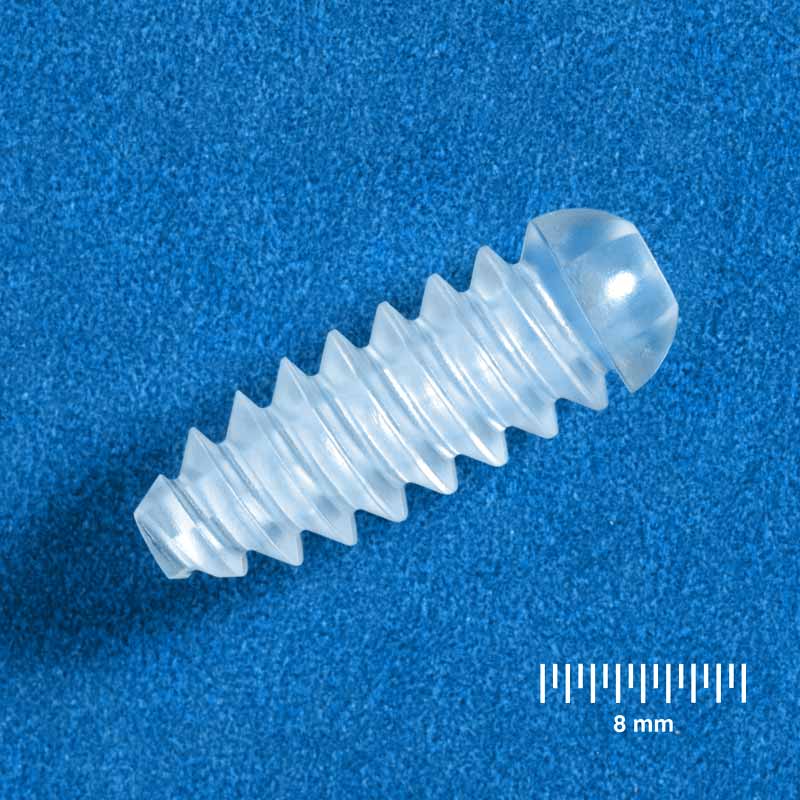Bioresorbable Materials Are On The Rise
Over the past 10 years, scientists have imagined the creation of a bioresorbable device that makes use of a new type of electrical, optical, and sensing components that can perform under normal conditions for a specified period.
The purpose is that substances completely dissolve in non-toxic byproducts that are triggered by stimulation from outside. The ultimate objective is to develop the injection molding bioresorbable material compounding components that interacts directly with tissues, organs, and biofluids at a moment's notice to retrieve clinical parameters and offer therapeutic interventions.

Image source Google
They are specifically tailored to the condition and clinical development of the patient and finally biodegrade without the requirement for device-retrieving procedures that could cause tissue lesions or infections.
In this paper, the most significant results that have been achieved with bioresorbable technologies are critically examined using a bottom-up method that starts with an unbiased study of the dissolution chemistry and biocompatibility of bioresorbable substances and then progresses to the in vivo performance and the stability of optical and electrical bioresorbable components.
The final phase is focused upon the incorporation of these components into bioresorbable devices for clinically relevant applications. In the final section, the technological level of readiness (TRLs) that are achieved for different bioresorbable components and systems are evaluated, the challenges that remain to be solved are assessed and future directions to advance the technology are envisioned.

